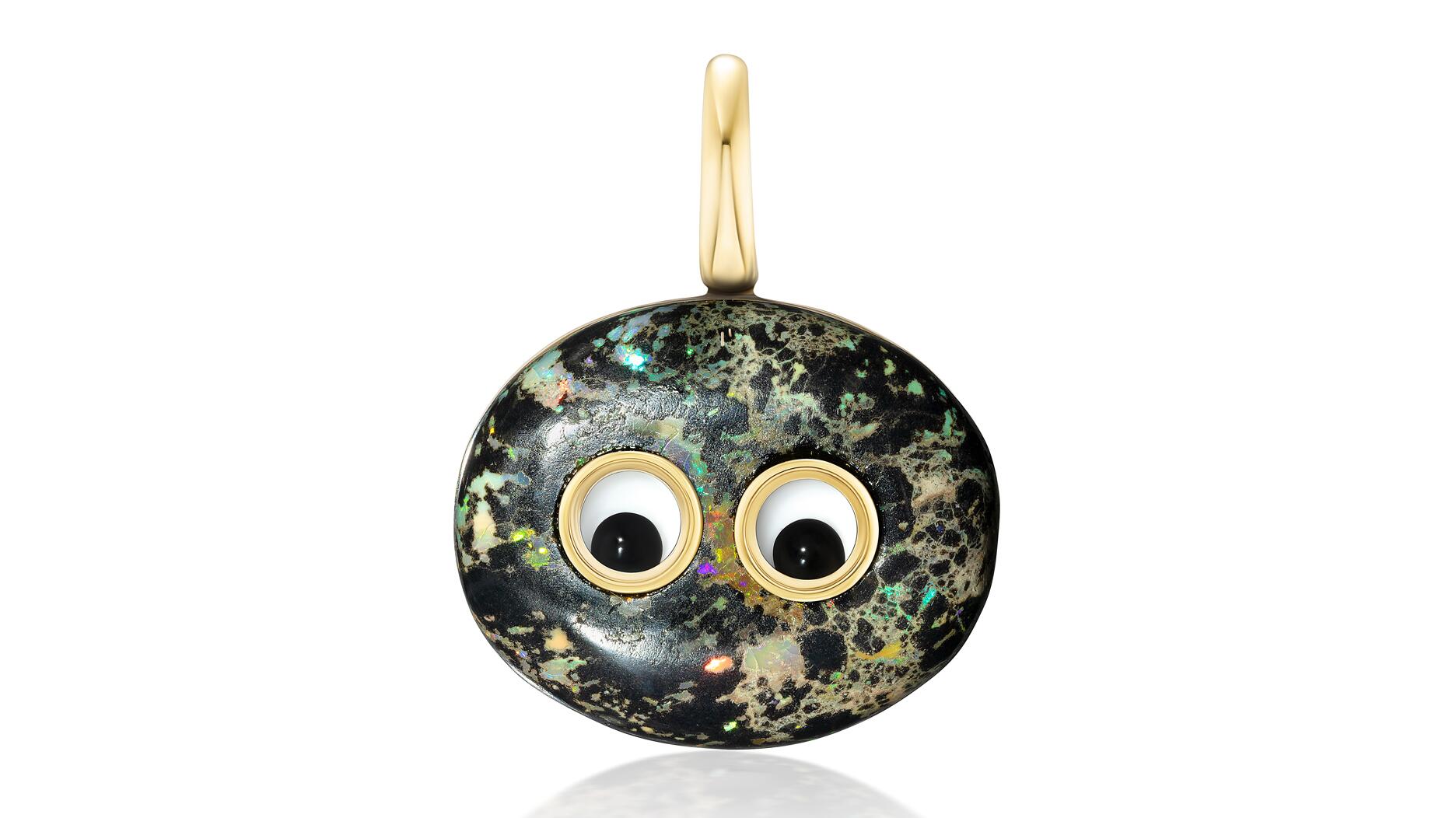The former BHP Billiton leader and Gemfields chairman is remembered for his influential leadership throughout his 50-year mining career.
5 Takeaways on the Lab-Grown Diamond Market
Editor-in-Chief Michelle Graff shares what she learned at the recent forum on lab-grown diamonds held in New York.

A few weeks ago in New York, I had the opportunity to attend a day-long forum on lab-grown, or synthetic, diamonds organized by the U.S. Jewelry Council.
The purpose of the forum was not for the mined diamond industry to align itself against the diamond growers; in fact, it’s worth pointing out here that there are well-known diamond companies/dealers that have their hands in both.
As just one example, Royal Asscher--a 162-year-old family business that invented the cut that still bears its name and cleaved what remains the largest diamond ever mined, the Cullinan--had a line of colored lab-grown diamond jewelry called Rebel Chique and now is part-owner of a company selling lab-grown diamonds on Amazon.
Instead, the forum was put together to discuss the issue of undisclosed lab-grown diamonds, those stones that slip into the supply pipeline undetected.
Here’s (some of) what I learned.
Takeaway No. 1: You are accountable if you sell a lab-grown diamond as natural. This is a point that came up even before lunch and, for me at least, was pretty clear cut and simple.
Yet people in the audience kept asking questions about it, laying out myriad scenarios in which a sale involving an undisclosed synthetic diamond might go down. Would I be liable if this happened? What about that?
But, alas, the answer was always the same: You--whether you are a jeweler, an appraiser, a diamond manufacturer or a diamond dealer--are liable if a diamond that is lab grown is sold as natural.
Takeaway No. 2: Because of the above, jewelers need to exercise quality control over their inventory. But, sadly, many of them don’t. So, what constitutes quality control, exactly?
JVC President and CEO Cecilia Gardner said it does not mean jewelers need to check every single item in their inventory, but have to have some “demonstrable activity” that shows that they are selling products that have been checked and that they believe are as represented.
When I later asked her if there’s a specific percentage of inventory she would recommend checking-- say, 20 or 25 percent--Gardner didn’t give me one, but recommended that jewelers test a “steady sampling” from all suppliers that is continuous and broad-based, with the overarching idea being that they’ll be able to demonstrate due diligence if needed.
By “checked,” she meant sent to a reputable grading lab unless, of course, the jeweler has their own testing equipment.
Relying on the word of your suppliers
Will this prevent you from being sued if you sell a product that’s not what it was purported to be? No.
Will it help you in court more than standing up and saying “nothing” when asked what you did to ensure the diamonds in your stock labeled as mined were not lab grown? Yes.
The Jewelers Vigilance Committee actually has an entire publication on quality assurance and control. It’s called “Getting It Right.” It’s $20 for JVC members and $25 for non-members, and you can order it on the JVC website.
Takeaway No. 3: When one company gets hurt, everybody feels it. Diamonds are largely unbranded, so when a report on one jeweler who sold a lab-grown diamond as natural pops up on the 6 o’clock news, it gives consumers an unfavorable, if undeserved, view of the entire industry.
This is even truer today with the rapid-fire news cycle and the proliferation of, ahem, journalists looking for “content” to fill the endless number of websites and blogs that are out there. In other words, once a story is reported, it’s likely going to be shared thousands of times, morphing and growing in the re-telling. The internet, in case you haven’t noticed, is not a stickler for accuracy, nor is it a platform where nuance travels well.
Despite the fact that players along all points of the pipeline feel the effects when it comes out that one individual has been dishonest, there is no industry-wide standard for the machines used to separate lab-grown diamonds from mined ones, or industry-wide policy on dealing with those who submit stones without proper disclosure, one presenter pointed out.
As she put it, “When there is an issue--be it conflict diamonds or be it the FATF report or be it any issue that comes out--then we all suffer. It’s very different than the textile industry … when there’s an issue with Nike or Puma, it’s condensed to that brand. But with us, we all suffer.
“And so it’s very important that we as an industry are aligned and agree on a system to protect our product and protect consumer confidence in our product.”
Takeaway No. 4: There are machines available for detecting lab-grown melee, but the technology isn’t where people seem to want it to be. A speaker from a major grading laboratory said that he gets this question a lot: Why doesn’t his lab have one machine that’s inexpensive, compact and can quickly screen for absolutely everything?
The answer is simply that the technology isn’t there yet, but the industry’s biggest grading labs do recognize that undisclosed melee is a problem, and they say they’re working on it.
Just as two examples, De Beers’ International Institute of Diamond Grading and Research (IIDGR) introduced an automated melee screener back in 2014, and followed this year with a much less expensive machine called the PhosView. That machine, however, only detects high-pressure, high-temperature (HPHT) grown diamonds and was created specifically for one market--India.
The Gemological Institute of America, meanwhile, rolled out a melee analysis service just this year.
According to what we heard at the forum, more machines and services are in the works, so stay tuned.
Takeaway No. 5: There is a standard for saying something is “green.” This has been covered before but came up during the forum, so I thought it was worth a brief mention here.
Many lab-grown diamond companies describe their diamonds in advertising as being “green” or “eco-friendly” and use words such as “greenhouse” or “foundry” to try to shape consumers’ perception of the product.
In reality, however, these gemstones are made in what is most accurately described as a factory--a factory that burns fossil fuel to function.
Because of this, the Federal Trade Commission, which has an entire guide dedicated solely to environmental marketing claims, might view claims of lab-grown diamonds being “green” or “eco-friendly” as a bit of a stretch.
As such, the JVC’s Gardner recommended that such claims be avoided.
The Latest

The LVMH-owned brand has partnered with the costume design union to revamp its award for 2026.

The luxury titan inked a deal to acquire an initial minority stake in the jewelry manufacturer with a pathway to full ownership by 2032.

How Jewelers of America’s 20 Under 40 are leading to ensure a brighter future for the jewelry industry.

The company’s curation of unsigned vintage and estate jewelry debuted at the Bloomingdale’s in Costa Mesa, California.


In the recent multi-shipment seizure, CBP also found counterfeit Audemars Piguet, Moncler, and Chrome Hearts items.

Jewelers of America execs and National Jeweler editors discuss tariffs, the sky-high gold price, and the engagement that broke the internet.

Roseco’s 704-page catalog showcases new lab-grown diamonds, findings, tools & more—available in print or interactive digital editions.

The luxury goods company said founder Ippolita Rostagno will remain at the brand’s helm.

Laura Burdese, who joined the Italian luxury brand in 2022, will take on the role in July.

Need a gift for the cat lover who has everything? Look no further than our latest Piece of the Week.

It purchased the “Grosse Pièce,” an ultra-complicated Audemars Piguet pocket watch from the ‘20s, for a record-breaking price at Sotheby’s.

The lab-grown diamond grower now offers custom engagement and fashion jewelry through its Kira Custom Lab Jewelry service.

Chandler got his start at Michelson Jewelers and has served as DCA president and CEO since 2001. He will retire at the end of the month.

The boutique is slated to open this week inside Terminal 8, offering pre-owned Rolex watches and more to international travelers.
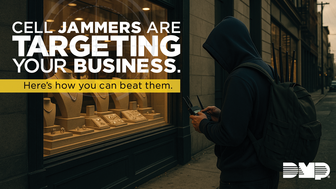
Sponsored by Digital Monitoring Products
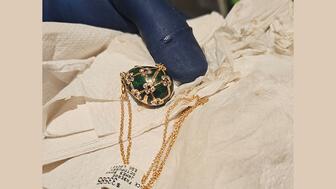
The special-edition egg pendant ingested in a New Zealand jewelry store was recovered after a six-day wait.
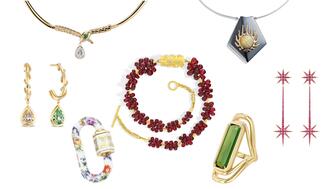
Associate Editor Natalie Francisco plays favorites with Piece of the Week, selecting a standout piece of jewelry from each month of 2025.

The “Love and Desire” campaign is inspired by the magic that follows when one’s heart leads the way, said the brand.

Two awardees will receive free tuition for an educational course at the Swiss lab, with flights and lodging included.

Berta de Pablos-Barbier will replace Alexander Lacik at the start of January, two months earlier than expected.
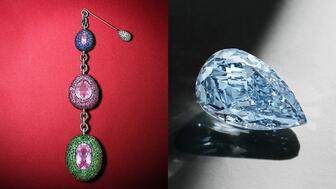
Sotheby’s held its first two jewelry sales at the Breuer building last week, and they totaled nearly $44 million.
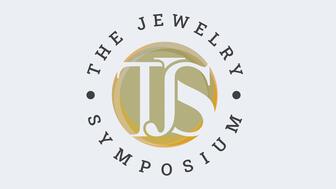
Winners will receive free registration and lodging for its fourth annual event in Detroit.

Here are six ideas for making more engaging content for Instagram Reels and TikTok, courtesy of Duvall O’Steen and Jen Cullen Williams.

The honorees include a notable jewelry brand, an industry veteran, and an independent retailer.

Carlos Jose Hernandez and Joshua Zuazo were sentenced to life without the possibility of parole in the 2024 murder of Hussein “Sam” Murray.

Yood will serve alongside Eduard Stefanescu, the sustainability manager for C.Hafner, a precious metals refiner in Germany.














